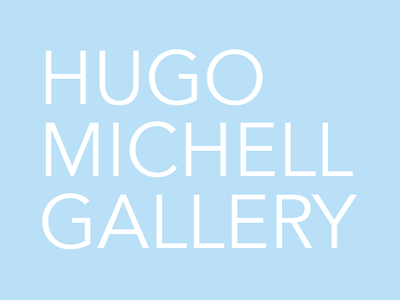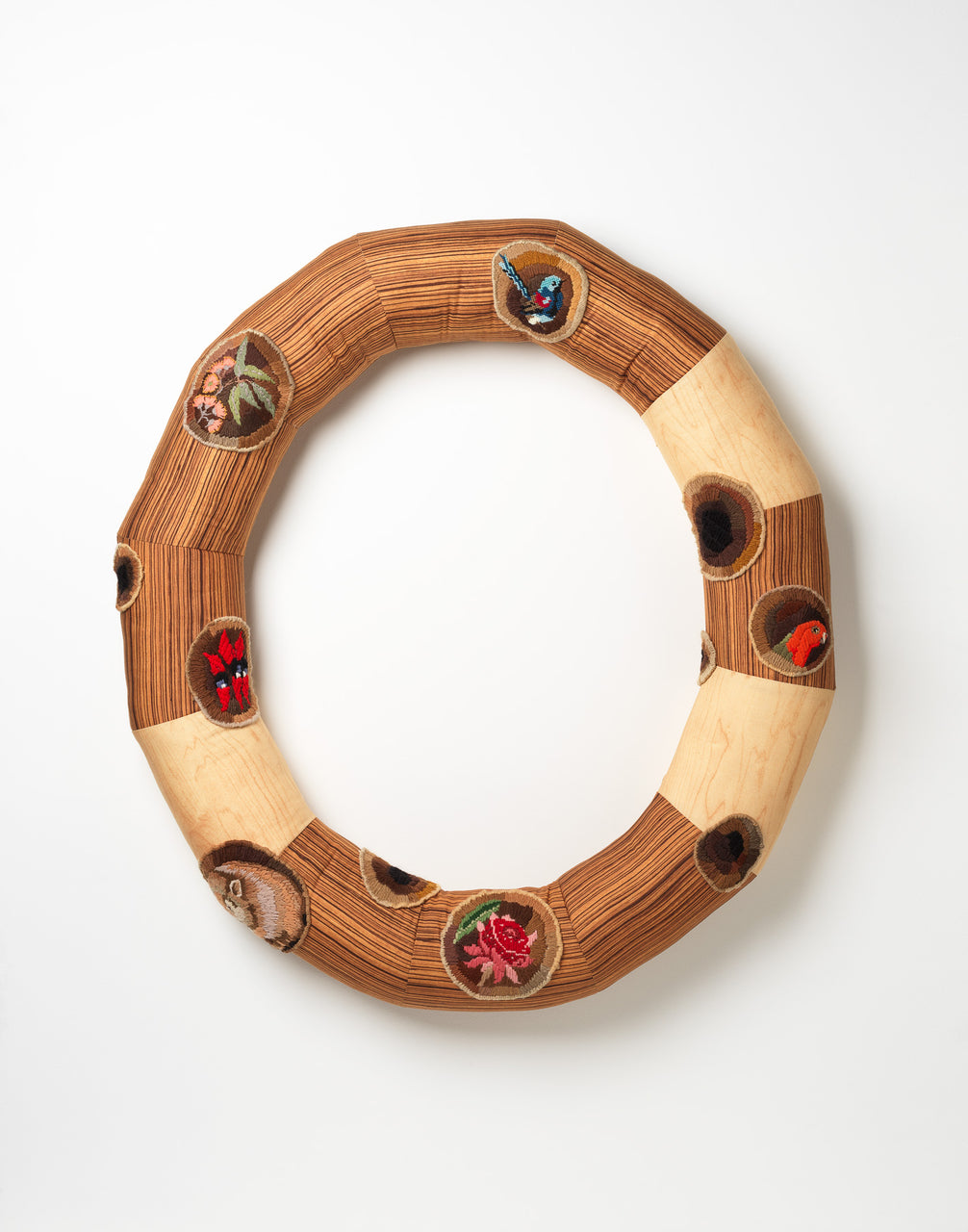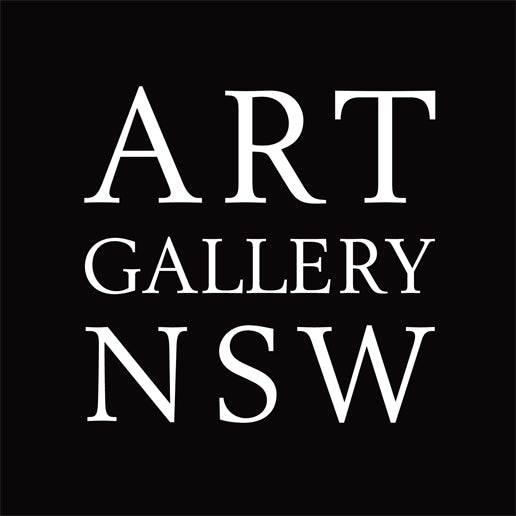News
Congratulations to Fiona McMonagle who has been announced as the WINNER of the $3,000 Local Art Prize in the Bayside Acquisitive Art Prize for her painting Toast with jam.
Fiona has strong ties to Bayside having spent her formative years as an artist living in Brighton East. Curator, Joanna Bosse said Toast with jam was imbued with a heavy nostalgia akin to a forgotten family photograph.
“McMonagle’s painterly treatment of the figure is delicate and nuanced and she manages to capture the self-satisfaction of the quiet pleasure of eating toast with jam,”
Joanna Bosse
The 2019 art prize was judged by Jane Devery, Curator, Contemporary Art, National Gallery of Victoria, Anthony Fitzpatrick, Curator, TarraWarra Museum of Art and Joanna Bosse, Curator, Bayside Gallery.
Finalist exhibition at Bayside Gallery will run 24 May–21 July, 2019

Hugo Michell Gallery invites you to the opening of Sally Bourke’s ‘The Quick Brown Fox’ and Narelle Autio’s ‘around a golden sun’.
Sally Bourke is a Newcastle-based artist with a firm footing in painting. An obsessive maker, Bourke has a rigorous approach to her day-to-day studio practice. These habitual processes are evident in her paintings, which often depict an image archive reconciling experiences from the past. Though abstract, Bourke’s paintings are curiously recognisable, a celebration of personal encounter and memory.
Of ‘The Quick Brown Fox’, Bourke states: “Travelling in remote areas as a child taught me to look carefully. The places I went felt isolating and, at times, dangerous. I used to tag along on hunting trips with my dad in order to be closer to him. Experiences in the Australian bush had a profound effect on my visual language and mark-making. The landscape in Western NSW is brutal and beautiful, soaked in deep human cultures that are precariously perched on top, at times not understanding the depth of what they are in.
I wanted to be in my dad’s company, but I knew the deal: It meant being captive to the environment, while simultaneously up against death. It’s one of the places that keeps drawing me back, to blind faith, and the human condition – the dark bargain of intimacy.
The portraits are different versions of the same protagonist. The huntress and her counterparts, a domestic interior, a room of one’s own.”
—
Narelle Autio’s vibrant and award-winning images of Australian outback and coastal life have won her impressive national and international acclaim and captured the hearts and imaginations of viewers. One beauty of Autio’s work is its ability to speak to so many people about their own experience of being coastal dwellers. Another is the play of colour and light in the photographs, giving them a magic and painterly quality that transcends the usual depictions of the beach. Autio’s images give back to the coastline the complexity, drama, and beauty that are eroded by postcards and clichés.
“I love those hot, windless summer evenings. There is a quiet stillness to the world that seems magnified by the mirrored surface of the sea. The last fingers of sun loiter over the beach, reaching out hanging on to the day.
Warmed by the inferno that was the day, the water is busy. A melting pot of humanity. Families and dog walkers, sun worshippers, teenagers and lovers come to sit and play in this big beautiful pond of water that hugs Adelaide’s coast. The ocean is calm and embracing, restoring us but perhaps it is an illusion. Maybe the magic hour is hiding a truth.
There is an old story I’ve heard, a myth probably… a frog in a pot of cold water. If you turn the temperature up slowly it won’t feel it. The frog will not try and save itself. Sitting quietly, comfortably. Slowly boiling itself to death. The change in temperature so gradual it won’t realise till it is too late.”
Please join us in celebrating the launch of these two incredible exhibitions!
Hugo Michell Gallery acknowledges the Kaurna people as the traditional custodians of the Adelaide region, and that their cultural and heritage beliefs are still as important to the living Kaurna people today.
Sera Waters is featured in the May issue of the Adelaide Review in the lead up to her exhibition at Hugo Michell Gallery, ‘Dazzleland’.
Dazzleland is Waters’ first major exhibition of completely new work since she finished her PhD last year and it is marked by a more experimental approach with the inclusion of textile techniques, including colonial knots and cross-stitch. The exhibition is the next iteration of Domestic Acts, exhibited at ACE Open in 2017, where Waters delved into her family history in order to interrogate the ongoing legacies of colonial homemaking. Dazzleland, which plays on Adelaide’s history with a cheeky reference to the Myer Centre’s infamous amusement attraction of the early 1990s, mostly refers to the Australian mineral booms, which attracted many migrants over many generations, including the artist’s ancestors.
“We have family history in copper mining with family members also heading over to the gold rush,” Waters says. “At the time it was a dazzling new place and I’m interested in the after effects of what it means to take all the resources out without due care.”
Congratulations to Elvis Richardson and Tim Sterling who have been announced as FINALISTS in the Nillumbik Prize for Contemporary Art! Presented by the Nillumbik Shire Council this biannual acquisitive art prize is open to emerging and established artists working in any medium across Australia.
The recipient of the $20,000 Open Prize and the $10,000 Local Prize will be announced at the opening of the finalist exhibition on 30 May. The judges for the prize are Godwin Bradbeer Artist, Charlotte Day Director, Monash University Museum of Art and Danny Lacy Senior Curator, Mornington Peninsula Regional Gallery.
Exhibition launches May 30 at Barn Gallery Montsalvat.
Hugo Michell Gallery invites you to the opening of Sera Waters’ ‘Dazzleland’ and Kenny Pittock’s ‘Every Kind of Shape’.
Sera Waters is a South Australia-based artist, arts writer, and academic. Waters’ art practice is characterised by a darkly-stitched meticulousness. In particular, she specialises in blackwork, and revels in repetitiveness, pattern, and crafting. Waters’ embroideries and hand-crafted sculptures dwell within the gaps of Australian settler colonial histories, examining the home-making practices of women and her own genealogical ghostscapes.
In ‘Dazzleland’, Waters further examines her ancestral past: “My ancestors arrived in waves upon Australian shores attracted by the dazzle of this land: its sunshine, mineral booms, grassed open spaces, and new opportunities to build rich lives. In making their homes and living across Australia, particularly upon Kaurna and Bunganditj Country, many were implementers of colonising change, such as planning widespread drainage, laying bitumen, marking boundaries, mining, purveying merchandise, farming livestock, and clearing and covering land with non-native species. Evidence from their lives show they gave little consideration to the knowledge and carefully-balanced ecologies which had been operating in Australia for centuries. This exhibition looks at the repercussions upon regions which have been exploited, altered, and had the ‘dazzle’ removed without due care, and without knowledge of the specificities of Country. Through the works of ‘Dazzleland’ I am asking what it means to inherit this intergenerational blindness, as well how we go forward living in this dazzling aftermath, when today what shimmers most is the scorching heat beating upon a dry and damaged land.”
This exhibition has been assisted by the Australian Government through the Australia Council, its arts funding and advisory body.
–
Kenny Pittock is a Melbourne-based artist who employs humour and sentimentality to playfully respond to contemporary Australian culture, exploring the overlaps and boundaries between the public and the personal. Pittock works across a large range of mediums, including ceramics, drawing, text, and photography.
Kenny has exhibited across Australia and internationally, including at the Museum of Old and New Art, the Australian Centre for Contemporary Art, the Perth Institute of Contemporary Art, the Monash University Museum of Art, Artspace in Sydney, and Galleria 291 in Rome, Italy. Pittock’s work is held in collections including the City of Melbourne State Collection and the Melbourne University Union Collection.
Please join us in celebrating the launch of these two incredible exhibitions on May 16!
Hugo Michell Gallery acknowledges the Kaurna people as the traditional custodians of the Adelaide region, and that their cultural and heritage beliefs are still as important to the living Kaurna people today.
James Darling and Lesley Forwood’s installation, Living Rocks: A Fragment of the Universe, is now showing as an Official Collateral Event at La Biennale di Venezia, presented by the Art Gallery of South Australia.
Living Rocks: A Fragment of the Universe is grounded in the artists’ minimalist tradition; simple, strong, and with a magnetic power to engage the viewer. But ‘Living Rocks’ is a bold departure and a fundamentally ambitious project, achieved in collaboration with Jumpgate VR, Paul Stanhope, and the Australian String Quartet. Significant in both its investigation and presentation, the installation is an inspiring and immersive experience that connects the present day to the beginning of life on earth. Living Rocks: A Fragment of the Universe addresses the question: what was our planet three billion years ago?
The installation connects the present day to the beginning of life. It is a memory of our origin and a prophesy of our future.
James Darling
Living Rocks: A Fragment of the Universe has been selected as one of only 21 official collateral events of the Biennale Arte 2019 in Venice.
Curated by Dr Lisa Slade.
Living Rocks: A Fragment of the Universe
Magazzino del Sale (n. 5, Dorsoduro 262)
Exhibition runs until 24 November
Closed on Tuesday
Congratulations to Ildiko Kovacs and Richard Lewer, who have been selected as finalists in the 2019 Sir John Sulman Prize!
The Prize is presented by the Art Gallery of New South Wales, established within the terms of Sir John Sulman’s bequest, the prize was first awarded in 1936. The Sulman Prize is awarded for the best subject painting, genre painting or mural project by an Australian artist.
Of the work, Kovacs says: “This painting comprises plywood covered with oil paint. I often use my hands to apply several layers of colour. I then draw into it with graphite and wax pencil. I work on the floor so I can press down onto the surface. This allows me to manoeuvre around the board as I improvise the form. The lines are webbed in the way they are drawn or scratched, appearing to have a primal quality that reminds me of scarification or Riji shell engravings.”
Of the work, Lewer says: “Last year was not a good year; I spent a lot of time in hospital with Dad who was very ill. One day I remember more vividly than the others. I’d returned to the ward for the afternoon and was watching Dad from the doorway when the doctor stood beside me and said, ‘We have grave concerns for your father’s health’. I made this work to process my reality and feelings, as deep and raw as they were.”
The winner will be announced May 10. Exhibition runs until June 30.
Congratulations to Sera Waters, who has been selected as a Finalist in the Ramsay Art Prize!
Held every two years, the Ramsay Art Prize invites submissions from Australian artists under 40 working in any medium.
Finalists will be exhibited in a major exhibition at the Art Gallery of South Australia from May 25 to August 25, with the winner announced on May 24.
Through the generosity of the James & Diana Ramsay Foundation, the winning work is acquired by AGSA.
isa Roet’s ten-metre-tall inflatable gorilla, Baboe, is now installed atop the Apeldoorn town hall in the Netherlands.
The artwork is modelled on Bao Bao, a gorilla who lives in Apenheul Primate Park, a revolutionary cageless conservation centre where over 70 species of apes and monkeys live and roam freely in the forest.
Baboe is a collaboration with Felipe Reynolds and Airena, and is on display for 8 months in Apeldoorn.
Showing: 181-190 of 306










